
Top 10 Tips for New eBay Sellers
A Beginner’s Guide to Selling Smarter, Not Harder
Starting out as an eBay seller can feel exciting and overwhelming all at once. Whether you’re decluttering the garage, flipping finds like we do at The Kent Flipper, or turning a hobby into a side hustle, eBay is still one of the best platforms for reaching buyers across the UK—and beyond.
We’ve learned a lot over the years (sometimes the hard way), so if you’re just getting started, here are our Top 10 Tips to help you sell smarter, avoid common mistakes, and build a trustworthy, profitable eBay presence.
1. Start with What You Know
When you’re new, it’s tempting to sell anything and everything—but the best way to begin is by selling items you already understand. Whether it’s clothes, electronics, books, or collectibles, starting with familiar categories helps you spot value, describe items confidently, and avoid pricing errors.
Once you’ve built some experience and feedback, you can begin branching out into other categories and niche markets.
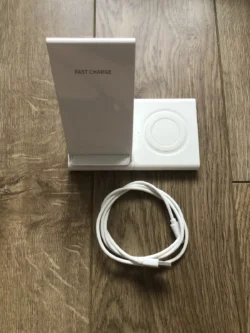
2. Research Before You List
Never guess what something is worth. eBay makes it easy to research: search for your item, then filter by “Sold Listings.” This shows you what similar items actually sold for, not just what sellers hope to get.
Look at:
- Average selling prices
- Item condition
- Listing titles and formats (auction vs. Buy It Now)
This research helps you set realistic prices and avoid over- or under-pricing.
3. Use Clear, Keyword-Rich Titles
Your title is what helps buyers find your listing in search results. Use relevant, specific keywords that a buyer would type in.
Instead of:
“Old Console”
Try:
“Sony PlayStation 2 PS2 Console Black SCPH-30003 Tested & Working”
Avoid using all caps, emojis, or vague terms. Stick to clear, concise, descriptive language.
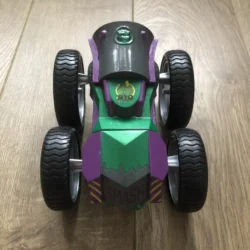
4. Take Great Photos
Photos sell products—simple as that. You don’t need a fancy camera; most smartphones work perfectly. Just follow these tips:
- Use natural lighting or a soft white light.
- Take photos from multiple angles.
- Show any flaws clearly.
- Use a clean, uncluttered background (white or neutral works best).
- Include close-ups of labels, logos, or serial numbers when relevant.
Buyers want to feel confident in what they’re getting, and good photos help build that trust.
5. Be Honest About Condition
If your item has wear, scratches, or damage—say so. Being upfront about condition avoids returns, bad feedback, and buyer frustration.
Use the item condition fields properly and describe any flaws in the description. Many buyers are happy to accept minor issues if they know about them in advance.
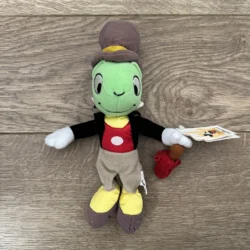
6. Choose the Right Selling Format
eBay gives you two main selling options:
- Auction: Good for rare, in-demand, or collectible items. Can create competition.
- Buy It Now (BIN): Better for common items, steady demand, or when you want more control over price.
We use BIN most of the time with the “Best Offer” option enabled, which lets buyers negotiate while still keeping pricing fair.
7. Set Shipping Costs Carefully
Shipping is one of the biggest factors in a buyer’s decision. Offer fair, transparent shipping. Where possible:
- Use free shipping and build the cost into your item price.
- Or, use eBay’s built-in postage calculator for accurate rates.
- Always use tracked delivery, especially for higher-value items.
- Package securely—damaged items = refunds.
We often reuse boxes and packing materials to save money and reduce waste, but always make sure they’re clean and sturdy.

8. Respond Quickly and Politely
Customer service matters. If a buyer sends a message, try to reply within 24 hours. Answer questions clearly and politely—even if they’re asking something that’s already in the listing.
If there’s an issue with a sale, resolve it quickly. Refunds or returns may be inconvenient, but professionalism helps protect your account reputation.
9. Build Trust with Feedback
Your feedback score is your credibility. Early on, buyers may be wary if you have 0 or only a few ratings.
To build trust:
- Start by selling lower-risk items to get early feedback.
- Package well and ship quickly to earn positive reviews.
- Leave feedback for buyers too—it encourages them to return the favour.
Once you’ve built a history of smooth transactions, buyers are much more likely to trust and purchase from you.
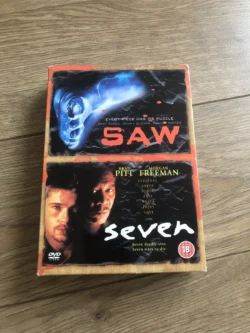
10. Stay Consistent and Keep Learning
Success on eBay doesn’t happen overnight. The more you list, the more you learn what works and what doesn’t. Keep experimenting with:
- Listing times and durations
- Types of items
- Pricing strategies
- Seasonal trends
Track what sells quickly and what sits for weeks. Over time, you’ll develop your own system and instincts—and that’s when things start to get fun (and profitable).
Bonus Tip: Have Fun With It
We love what we do at The Kent Flipper because there’s joy in finding something forgotten and giving it a second life. Reselling isn’t just about making money—it’s about the stories, the surprises, and the satisfaction of turning your eye for value into something that supports your goals.
If you’re just getting started, don’t be afraid to make a few mistakes. We all do. Keep learning, keep listing, and keep flipping!
Got questions or want to learn more?
Follow The Kent Flipper on social media or check out our eBay store—we’re always happy to share tips, updates, and some of the weird and wonderful things we come across each week.
Love what you’re reading?
Check out our latest finds in the shop! Gems, quirky treasures & everyday bargains — all just a click away.
Recent Blogs

Beginner’s Guide to eBay: Buying and Selling Tips
Whether you’re exploring online marketplaces for the first time or looking to polish your strategy.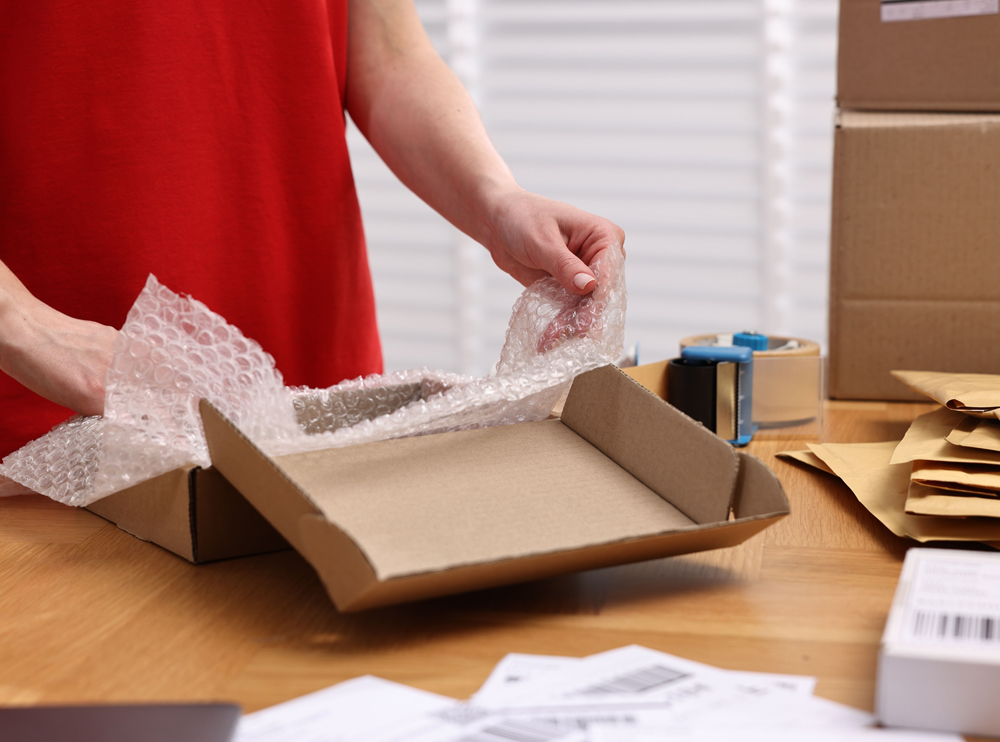
How to Package Items Like a Pro
Packaging isn’t just a functional necessity, it’s an art. Whether you’re running a cracking small business, a thriving Etsy store or selling on eBay, how you package your items can make a world of difference.
